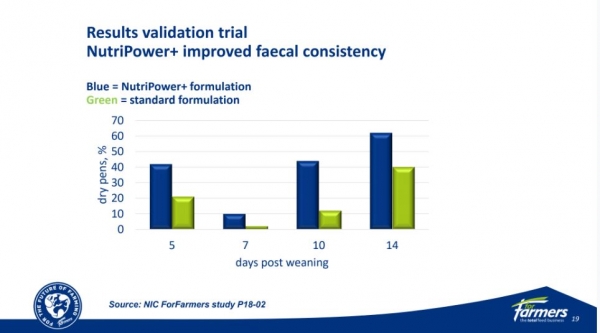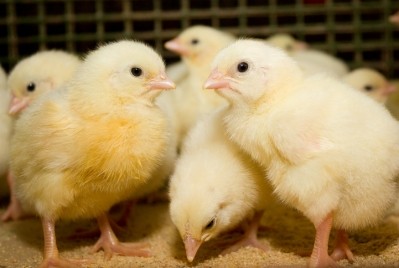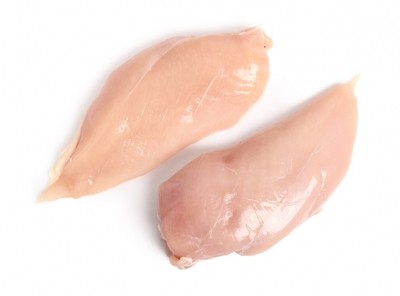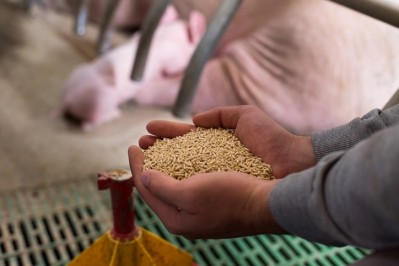‘Pre-starters in broiler production are paying off’
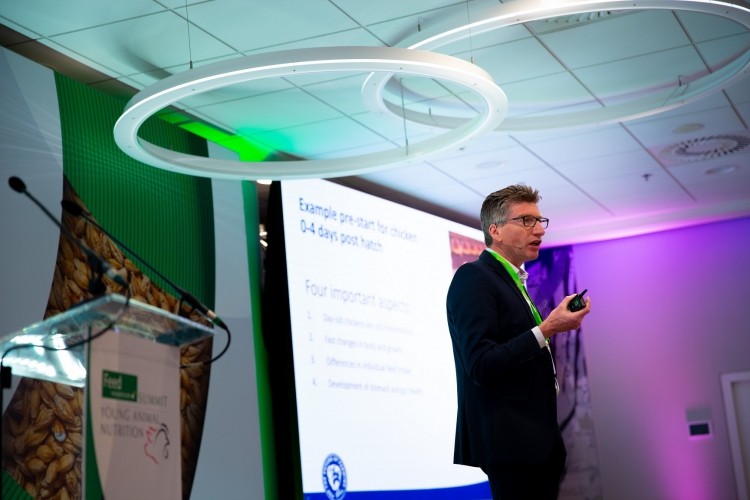
Ad van Wesel, director, Nutrition and Innovation Center (NIC), ForFarmers, was speaking at the FeedNavigator Summit 2020: Young Animal Nutrition, in Amsterdam on 3-4 March.
Pre-starters in broiler production are paying off, with 55% of producers in the Netherlands using them, he reported.
In a ForFarmers’ study involving 34 farms with Ross 308 birds on a pre-starter and 78 farms with Ross 308 birds on ‘normal’ starter diets, the effect of a pre-starter was 4,6 cents [Euro] higher profit per bird, reported van Wesel.
The feed conversion ratio (FCR) was also significant better – by five points – in those birds receiving the pre-starter, he added.
Easily digestible ingredients
Chickens are not homeotherm in their first days of life, noted van Wesel. They are warm-blooded animals, with no control of body temperature, so energy is important. A pre-starter should provide easily digestible ingredients.
There is fast growth within the first four days of a chick’s life, with relative fast development of organs and not much feather growth, he said. The requirement for methionine, cysteine and threonine is relatively low but lysine is important for the development of satellite cells, for the stimulation of breast muscle growth at this stage.
Chickens hatch with a phosphorus deficiency. Ration Ca/P in a pre-starter should be adapted to that, said the ForFarmers innovation lead.
A pre-starter should also have a high protein concentration and should always include high quality raw materials, he said.
There are eaters and there are non-eaters, though. In other words, individual animals have relatively large differences in feed intake so nutrient concentration is important, continued van Wesel. “Animals with low feed intake should also have sufficient nutrient intake.”
And feed intake after hatch benefits gut health development, he noted.
In terms of development of the gastrointestinal tract (GIT), a pre-starter should comprise fiber to stimulate stomach development, and to create microbiome balance, he said.
Vitamin A inclusion is key for the development of epithelium tissue, while vitamin D - the active 25 hydroxy form - supports bone development. Antioxidants such as vitamin E along with polyphenols protect body tissues, while immunoglobulins from egg and dairy products stimulate development of the immune system, said van Wesel.
Kinetic profiles
As his presentation turned to piglet feed, he said nutrition should be adapted to the age of the animal.
Nutritionists can understand with greater precision the amount of nutrients that pigs get from their feed using a system based on kinetic profiles, said van Wesel.
Together with Trouw Nutrition, he said ForFarmers developed NutriPower +, a new method for determining the nutritional value of raw materials.
NutriPower + has been in use since August last year.
The methodology supported ForFarmers in its formulation approach when the maximum copper content in weaned piglet feed was reduced under EU legislation, van Wesel told attendees at YAN20.
The technology enables a closer look at the amounts of indigestible raw materials in the gastrointestinal tract and the digestion rate of raw materials over time, based on nine parameters for individual raw materials. It also predicts how the availability of nutrients will vary with the age and weight or even health status of piglets, he explained.
NutriPower + categorizes the protein, starch and fiber content of various raw materials into fast, slow and indigestible parts. Knowing how much protein and starch is digested in the stomach and small intestine, and the final amount of protein and starch that is ultimately undigested in the large intestine is critical for a nutritionist. In the large intestine, undigested starch and protein can become a food source for pathogens such as E. coli and streptococci.
In their research, the two companies examined the influence of gastric acid on pork digestion and the speed of protein and starch digestion. They saw that the pH value in the piglet's stomach deviates greatly from that of older pigs.
A validation trial on NutriPower + approach showed an improvement in the fecal consistency of piglets, he added.
The future of young animal feeds
Looking to the future, van Wesel sees innovation in young animal feeds emerging from greater use of predictive data, the linking of on-farm performance with feed mill processing parameters.
Nutritionists, over the coming years, will also seek to unravel the transgenerational nutrition effects on the progeny and will develop feeding concepts around that, he forecast.
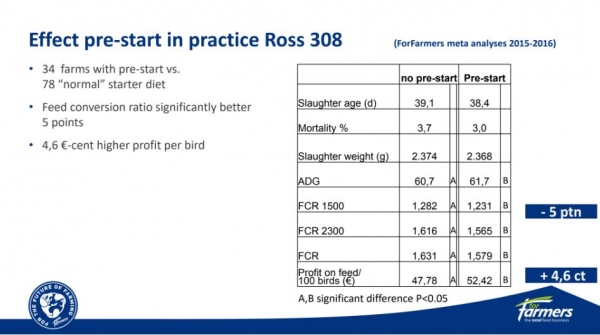
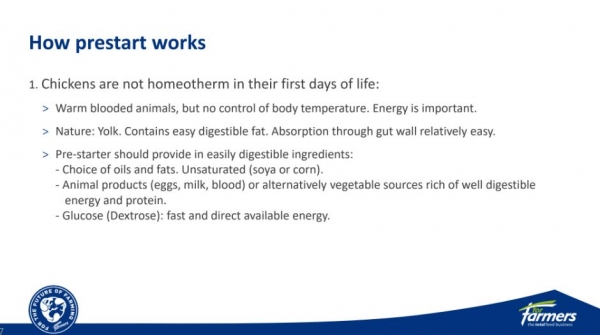
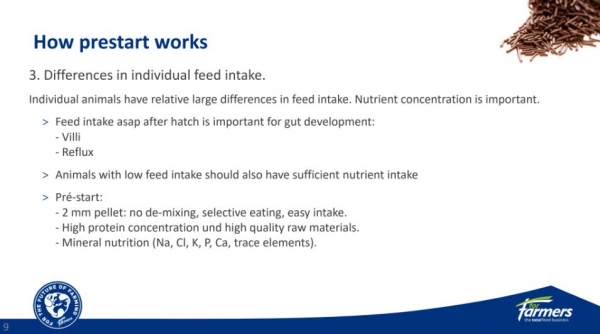
![Audience_5[1]](/var/wrbm_gb_food_pharma/storage/images/_aliases/medium/media/images/audience_5-1/10817720-1-eng-GB/Audience_5-1.jpg)
